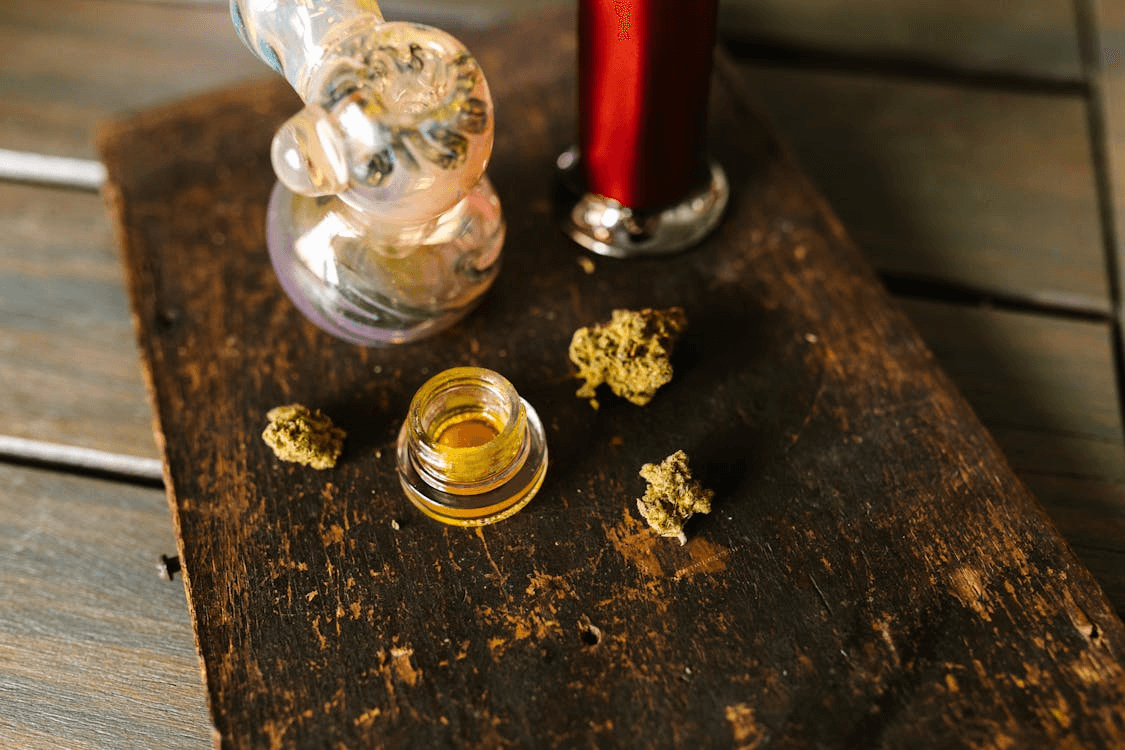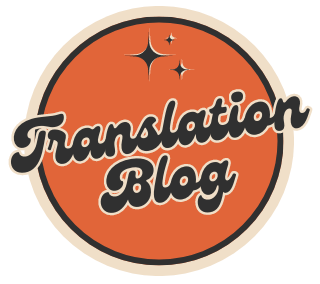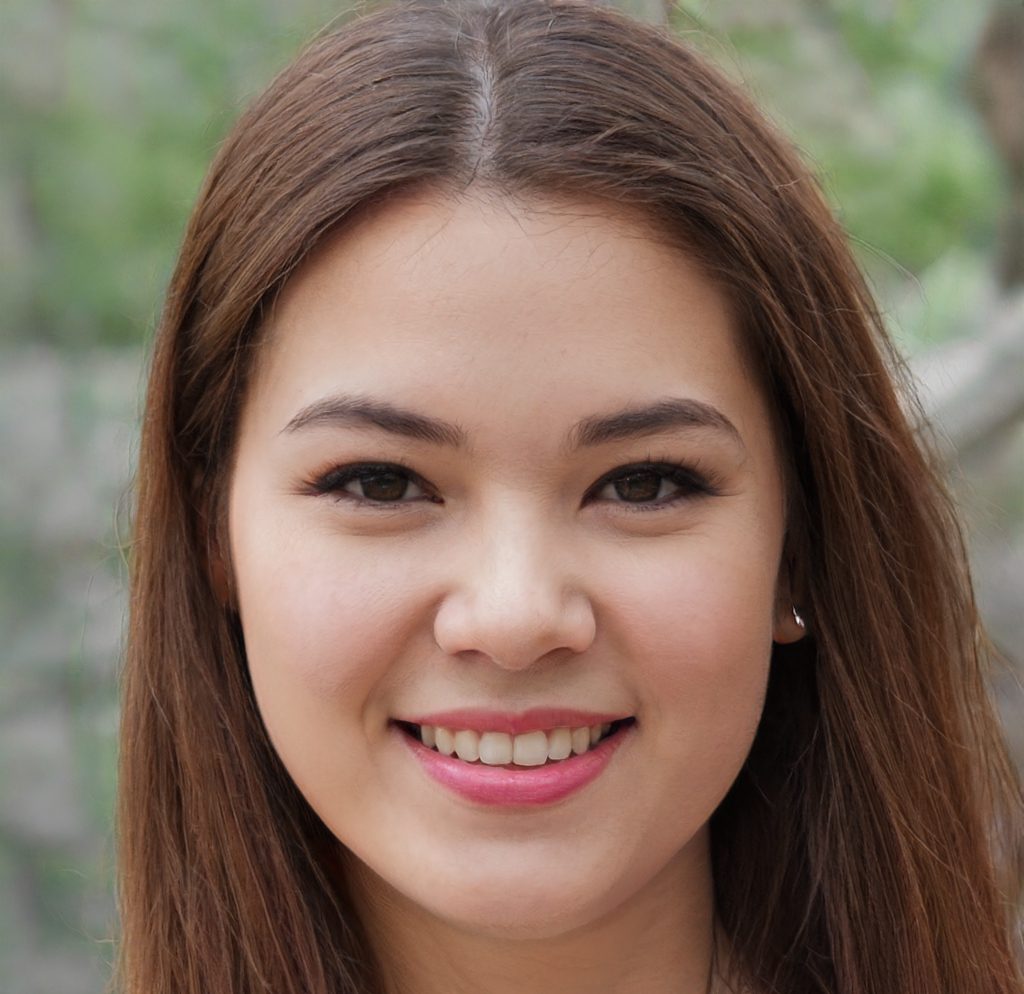Cannabis has long been more than just a plant. For thousands of years, it’s been woven into ceremonies, healing practices, and casual rituals across the globe. And while the forms of consumption continue to evolve—from hand-rolled joints to high-powered concentrates—one thing stays the same: the shared experience it creates, regardless of language or geography.
It doesn’t matter if someone calls it ganja, weed, hashish, or bhang—the essence of the ritual remains familiar. The rise of modern cannabis concentrates only adds to that connection. Whether you’re watching someone torch a dab rig in California or use a rosin press in Barcelona, there’s a kind of silent understanding there. And for those looking to explore that space, there are convenient ways to buy dabs online that cater to both veteran users and curious newcomers.
So, what is it about cannabis that makes it such a culturally fluid experience? Let’s take a closer look at how the language of cannabis stretches across borders—and how concentrates are becoming part of the conversation.

Photo by RDNE Stock project from Pexels
A Brief Look Back: Cannabis in Global Traditions
Before concentrates and vape pens, cannabis had already carved out a place in history. In India, it’s been used in spiritual rituals for over a thousand years. The term “bhang” refers to a cannabis-infused drink still offered during festivals like Holi. In Jamaica, Rastafarian culture views cannabis as a sacred herb, often used to enhance meditation and spiritual connection.
Meanwhile, in Morocco and Lebanon, traditional hashish production has been a local art form passed down through generations. Even in ancient China, cannabis seeds were used medicinally as early as 2000 BCE. Each of these traditions developed independently, yet all found meaning in the same plant.
Different cultures, different rituals—but the intent was often the same: connection, healing, reflection, or celebration.
Speaking Different Languages, Sharing the Same Vibe
Cannabis language is wonderfully messy. There’s no international glossary. Every region has its own slang, metaphors, and codes. You might hear someone in Spain say “hierba,” someone in Japan whisper “taima,” or someone in a U.S. dispensary request “shatter.” The terms change, but they’re all talking about the same thing: a shared sensory experience.
This is where concentrates make things even more interesting. Products like wax, shatter, and oil aren’t always easy to translate. In some cultures, they’re still relatively new. But the learning curve hasn’t stopped global adoption. Enthusiasts learn through context: from YouTube videos, Reddit threads, or just watching someone dab at a session.
The communication doesn’t have to be verbal. It’s visual, tactile, communal. It’s passing a tool, sharing a nod, or watching the vapor rise. That’s high context in action—language is optional when the experience speaks for itself.
Concentrates Go Global: New Medium, Same Message
Let’s be honest—concentrates can seem intense to someone who’s only used flower. They’re stronger, often more technical, and sometimes come with tools that look more like science experiments than smoking accessories.
But this hasn’t stopped their rise in popularity worldwide.
In Canada, where cannabis is legal nationwide, concentrates are a booming part of the retail space. Consumers love the clean, terpene-rich flavor and potent effect. Over in Europe, countries like Spain and the Netherlands have growing dab communities, often operating within cannabis clubs or private circles. South Africa’s concentrate scene is picking up too, especially among younger users looking for high-efficiency products in a country where cannabis laws are gradually shifting.
And even in places with strict regulations, the underground interest in dabs is strong. DIY rosin presses and homemade rigs are becoming the norm where legal markets haven’t arrived yet. It’s not about copying what’s happening in the West—it’s about adapting the experience to local customs and constraints.
Language in the Dab Scene: A New Vocabulary Emerges
Every subculture invents its own language. The dab scene is no different. Words like “terps,” “slabs,” “bangers,” “low-temp,” and “cough cap” may sound strange to the uninitiated, but they carry real meaning for those in the know.
What’s fascinating is how quickly this lingo gets absorbed and localized. Someone in Berlin might talk about “dabben,” while a Tokyo user might refer to a “dab pen” in English, blending it into their own syntax. Language barriers don’t stop slang from spreading when the culture is so tightly connected online.
This shared vocabulary helps build global community. You don’t need fluency in a foreign language to comment on a dab video or post your own slab on Instagram. Emojis, short captions, and reactions are enough. That’s another layer of cannabis communication—visual and emotionally intuitive.
When Translation Isn’t Literal: Cultural Nuance in Consumption
Despite its global appeal, cannabis use isn’t one-size-fits-all. Cultural expectations shape how it’s consumed, where it’s accepted, and what it means to the people using it.
In some cultures, discreet consumption is a must. Vape pens and edibles—including concentrates in gummy or oil form—offer low-profile options. In others, smoking is more communal, even ceremonial. In places like Thailand, which only recently shifted its legal stance on cannabis, there’s a tug-of-war between traditional herbal medicine and modern retail branding.
This is where the idea of “high context” becomes essential. In high-context cultures—those that rely heavily on shared understanding, social cues, and implicit communication—the act of consuming cannabis isn’t just about the product. It’s about who you’re with, what’s understood without saying it, and how the experience fits into a bigger social or spiritual picture.
Concentrates don’t disrupt that—they mold to it. A dab can be part of a quiet, solo ritual or a shared moment between friends. How it’s used depends entirely on context.
Concentrates as Cultural Chameleons
One reason concentrates are catching on globally? They’re adaptable. They don’t have a single “right” way to be used. They can be folded into preexisting rituals or create new ones. You can dab socially or solo. You can use them recreationally or therapeutically. You can find them as edibles, vape oils, topicals, or old-school sticky hash.
This flexibility makes concentrates ideal for diverse communities. People aren’t just adopting them—they’re customizing them to fit their local language, customs, and comfort zones.
You might find cannabis concentrates turned into oils infused with traditional herbs in parts of Southeast Asia. Or artisan-made hash rosin displayed with pride at cannabis expos in Canada. Each community is putting its stamp on it.
Online Forums and Social Platforms: Global Conversations in Real Time
The internet plays a huge role in how cannabis culture—especially concentrates—translates across the globe. Platforms like Reddit, Discord, and Instagram host multilingual threads on best practices, favorite strains, rosin press settings, or new gadgets. People share videos, ask questions, and offer advice with zero regard for where the other person is from.
This democratizes access to information. It means someone in a country with strict laws can still learn from others in places with legal markets. They can observe, adapt, and connect.
And while automated translation tools might not perfectly capture every slang term or terpene description, context usually fills in the gaps. The passion, excitement, or curiosity in a post comes through loud and clear.
Cannabis and Communication: What It All Means
So, what can we take away from all this?
Cannabis—especially in concentrated forms—has quietly become a global connector. It builds bridges between cultures that might otherwise never interact. It fosters understanding without relying on words. And it reminds us that while languages differ, human experience doesn’t.
When someone shares a dab, they’re not just sharing a substance. They’re offering a moment. A gesture. A pause in the day. That’s something everyone understands, no matter what language they speak.

Photo by RDNE Stock project from Pexels
Final Thoughts
As cannabis continues to evolve, its cultural resonance only deepens. Concentrates may be newer to the scene, but they’re being embraced and reinterpreted across communities worldwide. That doesn’t just speak to changing markets—it speaks to something deeply human: our need for connection, expression, and shared experience.
Whether you’re chatting about terps in Toronto or quietly dabbing in Seoul, the message is often the same—even if the language isn’t.

